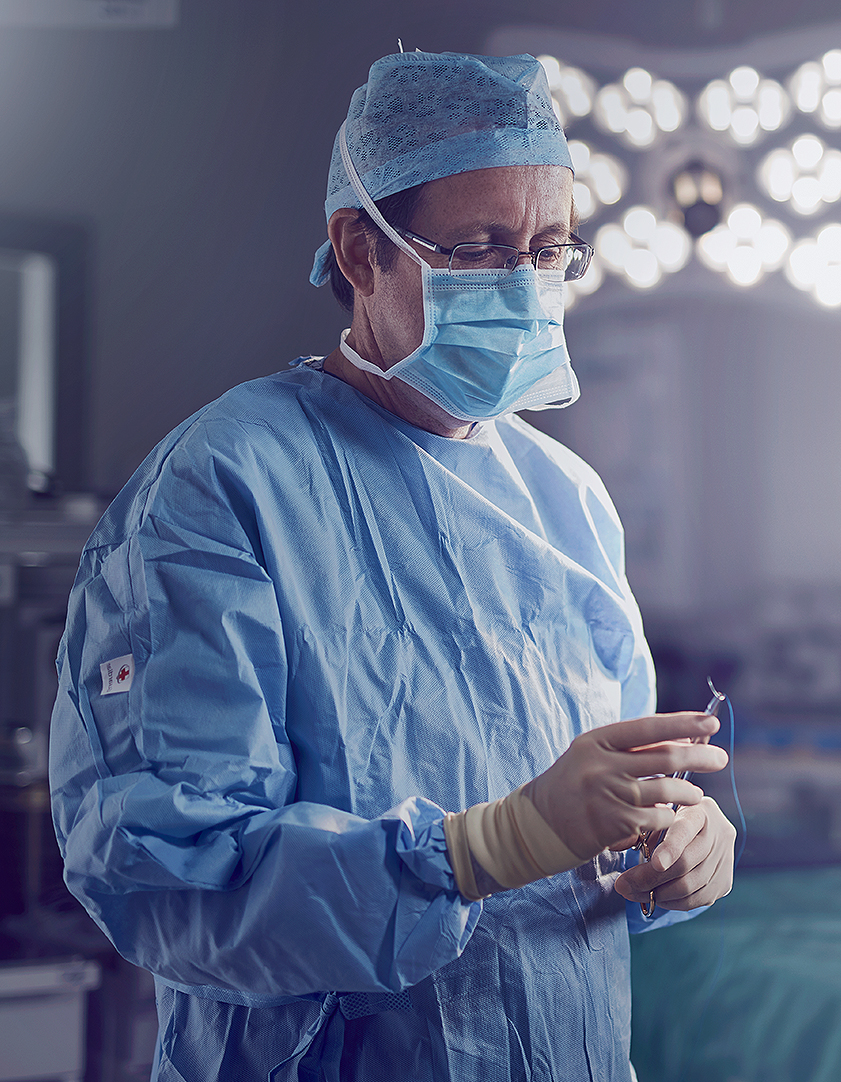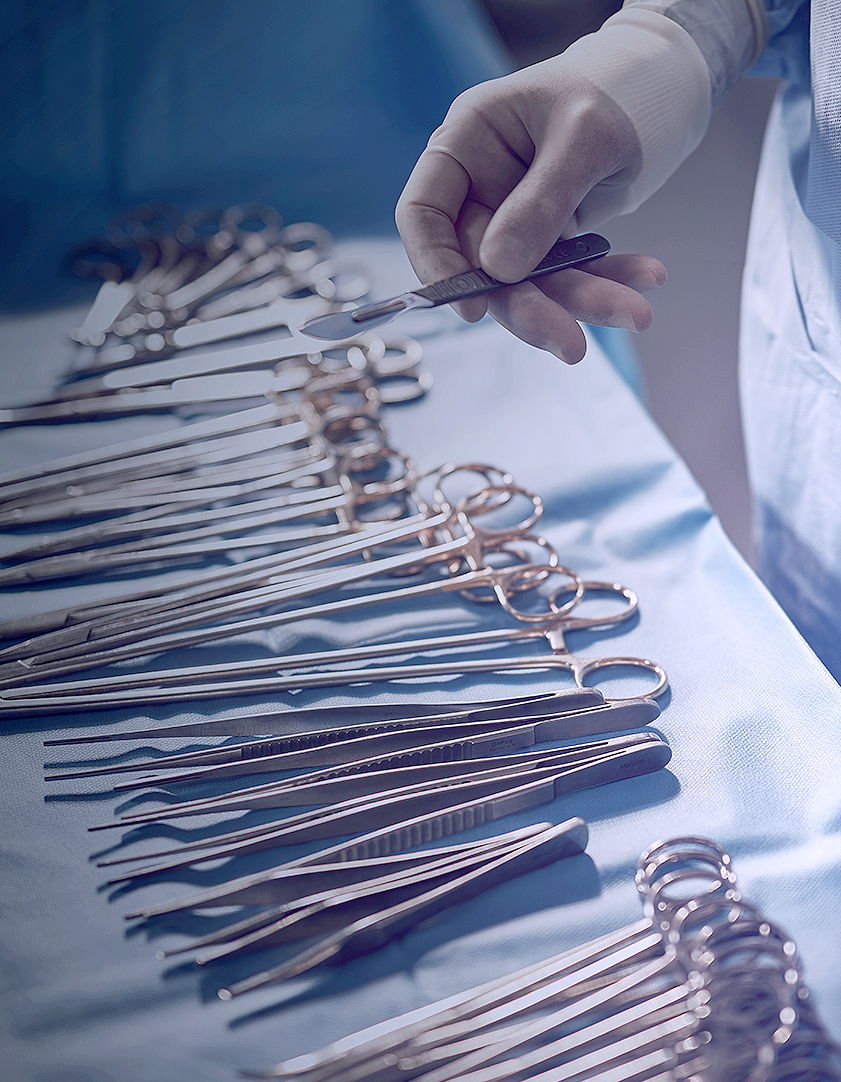The OPSL Standard
From initial concept through to development and production, OPSL’s standard is to provide optimised, advanced organ preservation solutions through specialist knowledge and experience. Our focus is on maintaining the quality and function of the transplant organ in order to improve the outcome of the transplant surgery.

The ultimate aim of organ preservation solutions is to maintain the organ in the optimal condition from the time of retrieval to the time of transplantation.
Preservation confers two critical advantages to the transplant procedure:
Maintenance of the quality and function of the organ
• Leading to better post-operative recovery and function over time
• Less likelihood of organ rejection
• Economic benefits to society
• Extending the pool of usable donor organs
• Providing health economic benefit
An increased window of time to transplant the organ
• Allowing time to tissue-match and allocate the organ
• Giving valuable extended time to prepare the recipient and surgical team
• Enabling national/international territory coverage
With an aging global society and an increase in chronic diseases and organ failure, there has never been a greater need for advanced transplant solutions.
The products currently available on the market provide only a limited therapeutic window before the organs start to degenerate beyond use. Current indications show that OPSL’s solutions are likely to significantly extend the preservation time. Our clinical work aims to confirm this and extend the window further:
Fig 1. Preservation Times

The OPSL standard aims to dramatically improve on the performance of organ transplant solutions available to transplant teams based on safety, quality and performance of products and service. Based on our understanding of the global organ transplant environment, our initial focus is to advance static, hypothermic perfusion, which is the mainstay of organ preservation.
